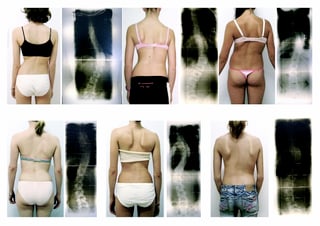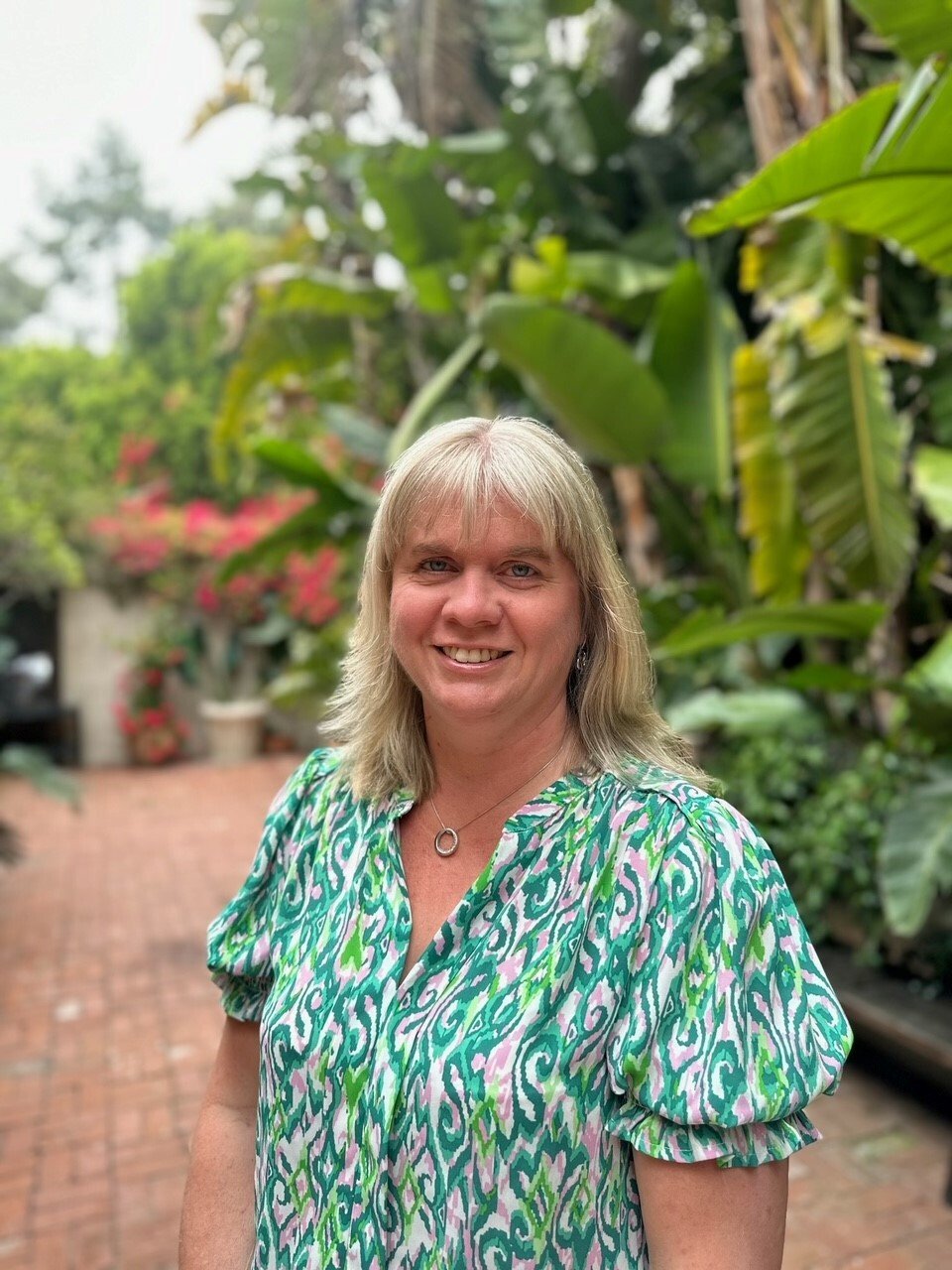- Privacy Policy
- Terms & Conditions
- Contact us
- ©Isabel Healthcare 2025
10 Facts About Your Spine | Scoliosis Awareness Month
 As usual, we’re kicking off June with a post about a disease or condition being observed this month. In the spotlight this time around is “Scoliosis Awareness Month,” and people around the world are raising awareness for this spinal deformity, and raising money for the charities supporting people affected by scoliosis. The spine and skeleton is often overlooked when it comes to our health, especially when younger. The general opinion is that the skeleton will do as we want it to and, other than bone diseases, is nothing to be aware of when assessing our personal health. However, if we don’t look after our bones and in particular our spine and posture, it can have much bigger implications on our muscles, tendons and general wellbeing. Knowing how your spine works, connects to your body, and helps keep you active and healthy, is key to your overall health. We’ve put together 10 facts about the spine and spinal deformities that you may not know, as well as a short overview of the symptoms, causes and treatments for scoliosis.
As usual, we’re kicking off June with a post about a disease or condition being observed this month. In the spotlight this time around is “Scoliosis Awareness Month,” and people around the world are raising awareness for this spinal deformity, and raising money for the charities supporting people affected by scoliosis. The spine and skeleton is often overlooked when it comes to our health, especially when younger. The general opinion is that the skeleton will do as we want it to and, other than bone diseases, is nothing to be aware of when assessing our personal health. However, if we don’t look after our bones and in particular our spine and posture, it can have much bigger implications on our muscles, tendons and general wellbeing. Knowing how your spine works, connects to your body, and helps keep you active and healthy, is key to your overall health. We’ve put together 10 facts about the spine and spinal deformities that you may not know, as well as a short overview of the symptoms, causes and treatments for scoliosis.
What is scoliosis?
Scoliosis is a spinal deformity identified as a curve in the spine laterally. We naturally have a curvy spine, with our back bone bending forwards and then backwards again. Scoliosis, however, is a condition where the spine has bent from side to side. The condition can range from a mild curvature, which may cause some postural issues and mild pain, to severe, requiring treatment and often causing chronic pain. The condition is most common in children from around the age of 10-15, although it can happen at any time in your life.
Symptoms are often easy to spot, with the curvature of the spine visible as the pictures above show. Bending over at the pelvis so the spine is upside down and pointing downwards, helps the curve to appear more apparent and doctors will often ask you to do this. Equally, back pain, pain in the hips, and problems with breathing are other common symptoms.
Treatments for scoliosis depends on the severityof the condition.. There is no conclusive evidence that exercise either helps or hinders the condition, so it is generally recommended that a patient continues normal levels of activity. Stretches and exercises can help to correct a mild scoliosis, and counteract the pain and other associated issues. For more severe cases, particularly if caught early enough in younger children, back braces can stop the curvature worsening, and surgery can sometimes be recommended to permanently fuse vertebrae together. There is understandably loss of movement with this, but it can improve quality of life considerably, so options will need to be discussed and weighed up.
5 Facts About the Spine
1) The spine is split into 5 sections
- Cervical - 7 vertebrae make up the neck or cervical spine, the same amount as a giraffe
- Thoracic - The largest part of the spine has 12 vertebrae
- Lumbar - These are lower back bones, and there are 5 vertebrae here
- Sacrum - In babies and children, the sacrum is 5 distinct vertebrae, but these fuse together as we grow and need less flexibility around our pelvis. This is why babies can hold their feet so easily.
- Coccyx - This is the very tip of the spine, also known as the tailbone.
2) There are 120 muscles in the spine
Our bodies have around 640 muscles, the largest being the Gluteus Maximus, and the smallest the Stapedius, and with 640 in the whole body, that means that nearly 20% of our muscles are in the spine. The spine also has 220 ligaments, and 100 joints.
3) Your spine is 1/4 cartilage
Inbetween each vertebrae is a cushioned area of cartilage, which is able to expand and contract as needed, allowing your spine to bend in every way. As you get older, these areas of cartilage get more and more compressed, which is why you start to lose inches off your height as you age. It is little known that the cartilage takes up so much of your spinal structure, and it accounts for 1/4 of your spine.
4) We have arches in our feet because of our spine
“The foot bone’s connected to the spine bone…” Most people know the nursery rhyme sung with great hilarity as a child, for how could a bone in your toe be linked to your neck? However, in order for our spines to take the weight of our body, balance us, and allow us to walk upright, our feet have arches to help spread the burden.
5) Only humans have an S-shaped spine
Our spines were designed to have one curve, in one upwards arch, as all primates walked on all-fours. When humans stood up for the first time around six million years ago, our spines were not used to having to bear the weight of our head and body in an upright column. To counteract this, humans evolved an ’S’ shape in the spine, with a curve backwards at the top of the thoracic region, and a subsequent curve forwards just before the lumbar.
5 Facts About Scoliosis
1) We are the only apes to get scoliosis
No one is quite sure of the cause of scoliosis, but there have been no records of any other ape or chimpanzee, our closest living ancestors, suffering from a curvature of the spine. This is probably linked to the fact we are the only mammals to walk upright all the time, and the weight of our bodies on our ’S’ shaped spine may cause stress to the spine and in turn cause it to curve out of place.
2) Scoliosis is not normally caused by bad posture
A common misconception of scoliosis, particularly those rare patients that develop the condition as an adult, is that it is a direct consequence of the patient’s posture. In almost all cases, scoliosis is idiopathic, meaning the cause is unknown and it cannot be linked to posture. Bad posture can cause pain in your back, or anywhere in your body, and sometimes bad posture leads to serious health problems and seemingly unrelated issues. Scoliosis, however, is not one of these issues.
3) Young women are more likely to have scoliosis than men
Scoliosis is most prevalent in young people, and becomes apparent either just before or during puberty. Girls are 10 times more likely to develop scoliosis than boys of the same age, and the reason for this is unknown. Some theories involve hormone levels, particularly ones that affect bone growth during puberty, whilst others claim it is to do with the different bone density and flexibility in males and females.
4) Scoliosis can run in families
Although not much is known of the genes which carry the condition, it is known that around 30% of people diagnosed with scoliosis have a history of it in their family. This makes researchers think there must be some kind of genetic component, which opens up exciting possibilities for treatment and detection, so a lot of research is going into determining the gene responsible for carrying scoliosis through the generations.
5) Richard III and Usain Bolt had/have scoliosis
In August 2012, the remains of Richard III, King of England in the 15th century, were discovered underneath a car park in Leicester, England. This discovery meant physicians were able to confirm the common opinion that Richard III did have scoliosis, although we now think it was probably a lot milder than we first thought. In today’s celebrity landscape, there are many famous and renowned stars who have scoliosis, including the fastest man in the world, Usain Bolt. Bolt is a symbol that having a spine deformity such as scoliosis need not hold you back in life.
If you are concerned about your back pain, or any of the other symptoms mentioned in this post, why not put your symptoms through the Isabel Symptom Checker? You can then discuss the results with your healthcare provider and decide a plan of action:
Image Attribution:
Weiss HR, Goodall D, sourced from commons.wikemedia.org

Mandy Tomlinson
Mandy has worked for Isabel Healthcare since 2000. Prior to this, she was a Senior Staff Nurse on the Pediatric Infectious disease ward and high dependency unit at one of London's top hospitals, St Mary’s in Paddington which is part of Imperial College Healthcare NHS Trust. Her experience in the healthcare industry for the past 33 years in both the UK and USA means she's a vital resource for our organization. Mandy currently lives and works in Scottsdale, Arizona.
Subscribe Here!
Recent Posts
Isabel DDx Companion with ChatGPT Integration - to help you diagnose even faster
At Isabel Healthcare, we’ve always been driven by one goal: to make clinical reasoning faster,..Virtual Triage: Do more questions lead to better patient outcomes?
One of the common misconceptions related to virtual triage / symptom checker tools is that the more..List Of Categories
- Differential Diagnosis Decision Support
- Differential diagnosis
- Symptom Checker
- Symptoms
- Medical Error
- Patient Disease Information
- Disease
- Clinical Decision Support
- Diagnostic Decision Support
- Isabel 1 Minute Read
- Diagnosis Error
- Diagnosis Skills Cases
- Healthcare Informatics
- Clinical Reasoning
- Evidence-based Medicine
- Medical Education
- Patient Engagement
- Symptom Triage
- Nurse Practitioner Education
- Nursing Decision Support
- Partnership
- Public Health
- COVID-19
- EHR
- Patient Empowerment
- Patient Safety
- rare disease

Start your FREE Trial today
Try the Isabel Pro DDx generator for 30-days - no payment card details required.




